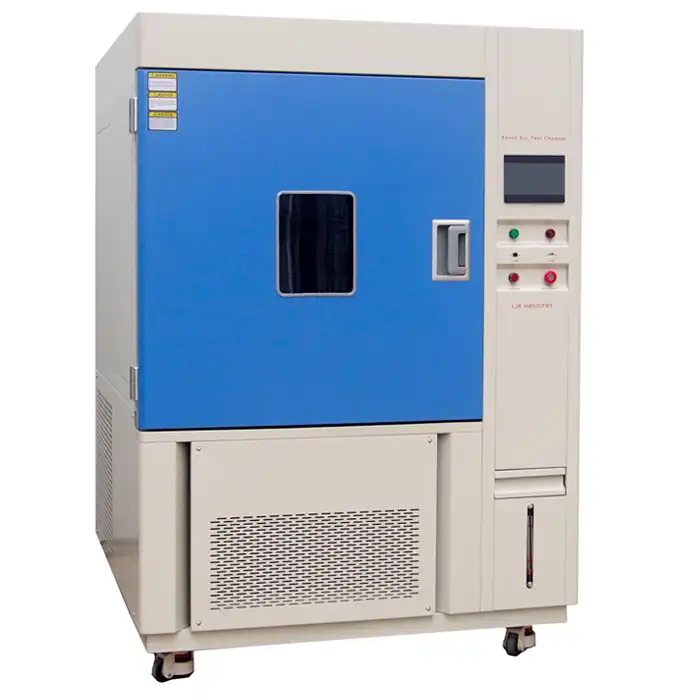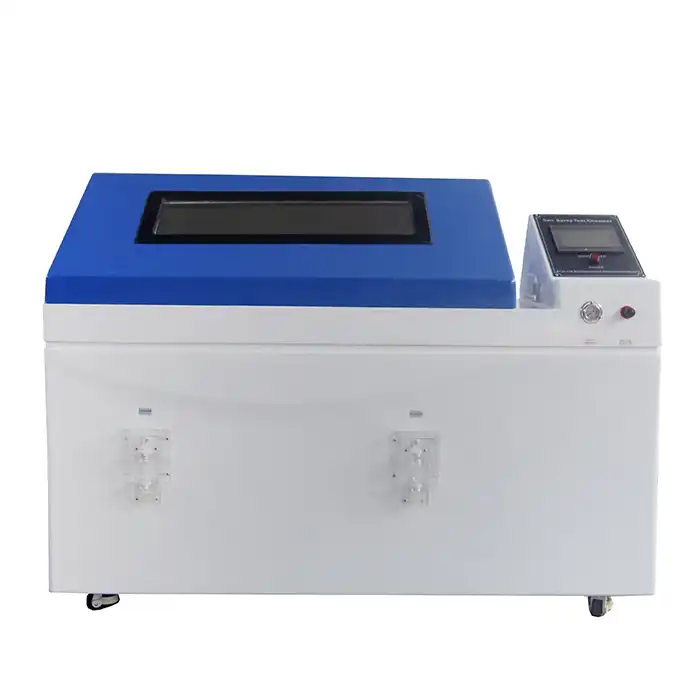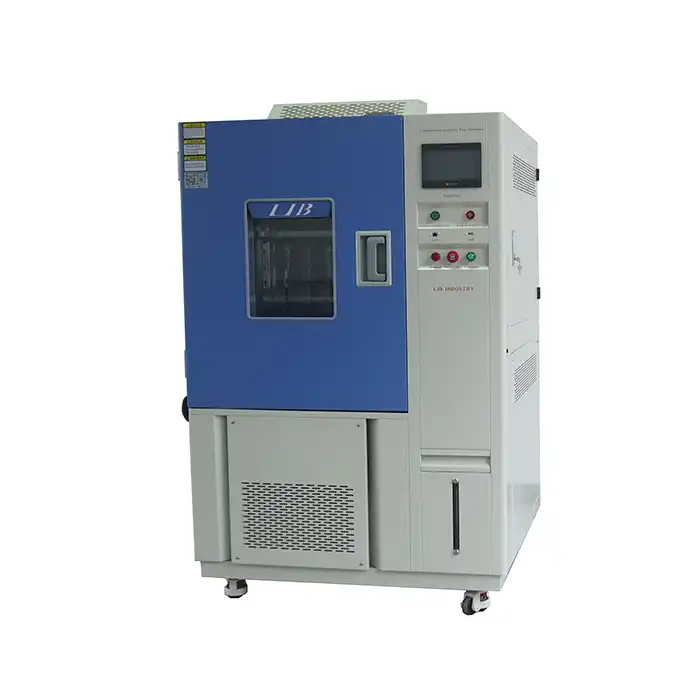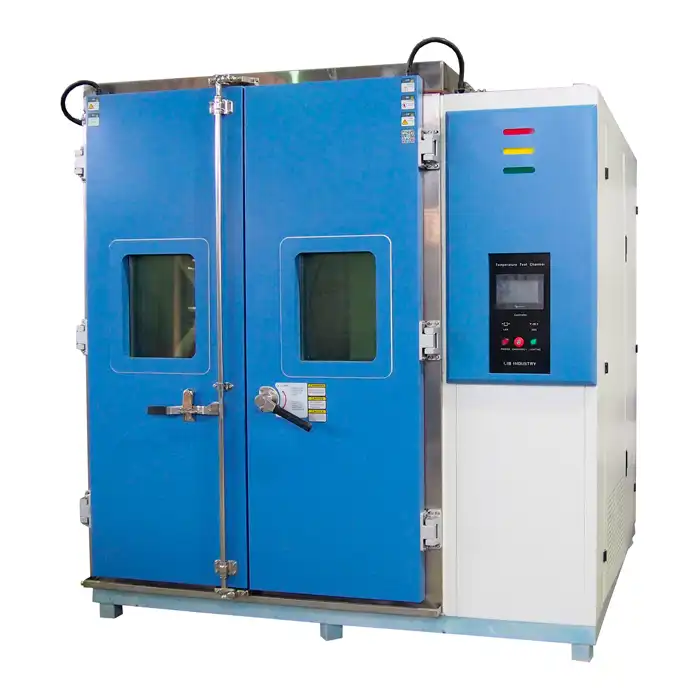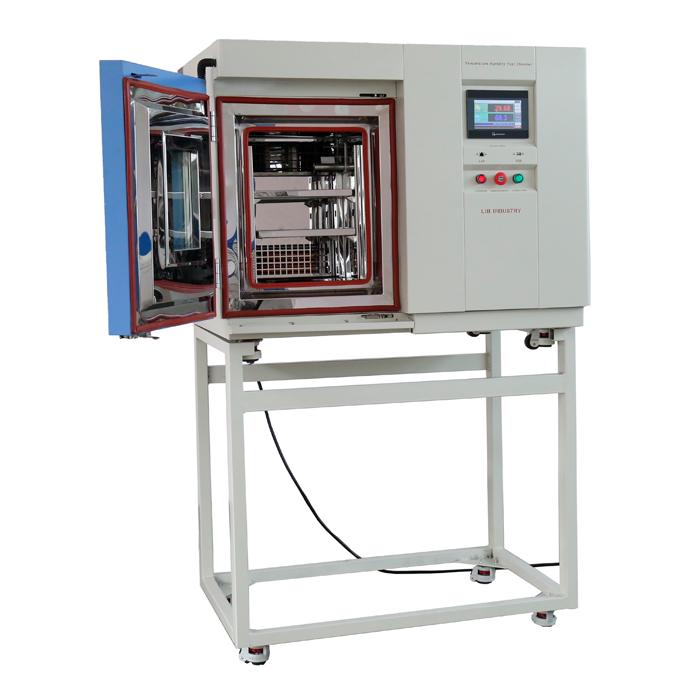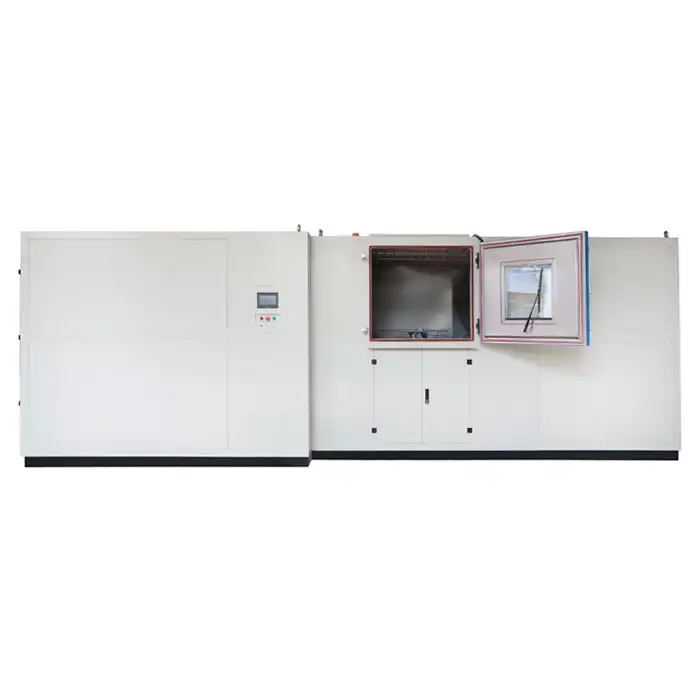The Role of Salt Mist Test Machines in Automotive Corrosion Testing
Corrosion is a major threat to the longevity and safety of vehicles, affecting components from body panels to intricate electrical systems. To combat this, automotive manufacturers rely on salt mist test machines to simulate harsh environmental conditions and assess material durability.
Why Corrosion Testing is Critical for Automotive Durability and Safety?
Automobiles are constantly exposed to elements that accelerate material degradation, including moisture, road salt, and fluctuating temperatures. Corrosion weakens structural integrity, compromises safety features, and leads to costly repairs. By conducting rigorous testing, manufacturers can identify vulnerabilities in coatings, metals, and electronic components before vehicles hit the road. This proactive approach enhances durability, maintains performance, and ultimately protects drivers and passengers from potential failures.
How Salt Mist Test Machines Simulate Harsh Road and Environmental Conditions?
A salt mist test machine replicates real-world corrosive environments by exposing automotive components to a fine mist of sodium chloride solution within a controlled chamber. This accelerated testing method mimics conditions such as coastal humidity, winter road salt exposure, and acidic rain, which are known to trigger corrosion.
For example, a 48-hour salt spray test can simulate years of exposure to salty road conditions, allowing engineers to assess material resistance efficiently. Advanced salt mist test machines regulate temperature, humidity, and salt concentration to provide precise, repeatable results. This ensures that coatings, fasteners, and critical automotive parts undergo robust evaluation before mass production.
By analyzing test outcomes, manufacturers can fine-tune protective coatings, develop more resilient alloys, and implement corrosion-resistant designs that extend vehicle lifespan.
Protecting Vehicles from Rust and Decay
Rust is more than just an aesthetic issue - it compromises the structural integrity of vehicles and leads to expensive repairs. Corrosion-resistant materials and protective coatings can only be validated through rigorous testing, making salt mist test machines essential in automotive manufacturing.
A prime example is galvanized steel, commonly used in vehicle frames and body panels. While zinc coatings provide an initial barrier, salt mist testing determines how long these coatings can endure before breakdown occurs.
In addition to metals, electrical systems in modern vehicles are susceptible to corrosion, particularly in connectors and circuit boards. Salt mist exposure can cause oxidation, leading to malfunctions in crucial systems such as braking, lighting, and engine control units. By subjecting these components to accelerated corrosion tests, manufacturers can identify weak points and enhance protective measures.
Automotive brands that invest in comprehensive corrosion testing reduce warranty claims, improve customer satisfaction, and ensure vehicles remain reliable in harsh environments.
Ensuring Compliance with Automotive Industry Standards
Global automotive regulations mandate corrosion resistance testing to guarantee vehicle safety and performance over time. Salt mist test machines play a vital role in ensuring compliance with industry standards such as:
- ISO 9227 - Specifies methods for neutral salt spray (NSS), acetic acid salt spray (AASS), and copper-accelerated salt spray (CASS) testing.
- ASTM B117 - The most widely recognized standard for salt spray testing, defining parameters for exposure duration and solution concentration.
- SAE J2334 - A cyclic corrosion test developed for the automotive industry, simulating real-world conditions more accurately than traditional salt spray tests.
By adhering to these standards, manufacturers can validate the durability of their materials and coatings, ensuring vehicles meet safety and longevity requirements. This rigorous testing process minimizes recalls, enhances brand reputation, and fosters consumer trust in automotive reliability.
Case Studies: How Salt Mist Testing Improves Automotive Component Lifespan?
Automotive manufacturers worldwide have successfully leveraged salt mist test machines to enhance the durability of their vehicles.
- Luxury Car Manufacturer X: Faced with premature corrosion in aluminum body panels, the company conducted extensive salt mist testing. The results led to the development of an advanced ceramic coating, increasing corrosion resistance by 40% and reducing warranty claims.
- Commercial Truck Brand Y: Identified weaknesses in chassis coatings after salt mist exposure tests revealed early rust formation. By optimizing protective layers, they extended component lifespan by five years.
- Electric Vehicle Producer Z: Discovered that battery connectors were highly susceptible to corrosion in high-humidity environments. Through salt mist testing, the manufacturer adopted a new anti-corrosion sealant, enhancing electrical reliability.
These real-world applications highlight the critical role of salt mist test machines in optimizing material performance, reducing maintenance costs, and improving overall vehicle longevity.
Investing in high-quality corrosion testing solutions leads to safer, longer-lasting vehicles and greater customer satisfaction. For high-performance salt mist test machines tailored to your automotive testing needs, contact LIB Industry at ellen@lib-industry.com.
References
1. ASTM International. "Standard Practice for Operating Salt Spray (Fog) Apparatus." ASTM B117.
2. ISO. "Corrosion Tests in Artificial Atmospheres - Salt Spray Tests." ISO 9227.
3. SAE International. "Laboratory Cyclic Corrosion Test." SAE J2334.
4. Y. Fukuda, "Corrosion Prevention in the Automotive Industry: A Review of Testing Methods," Journal of Materials Engineering, 2021.



